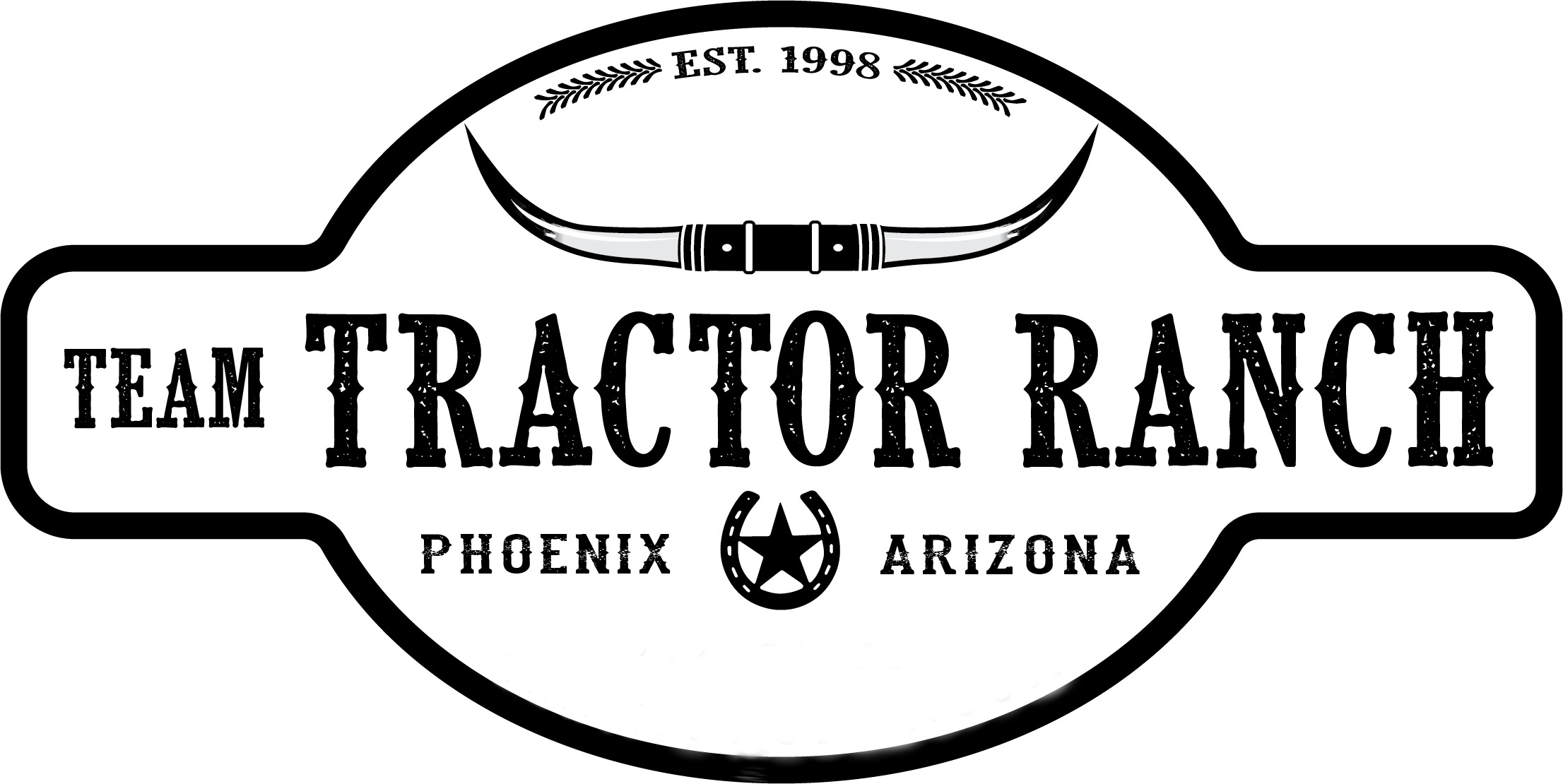How Do I Know If My Trees Are Healthy?
We want to help you know what to look for when you examine the health of your trees.
And as a quick aside --- we are here to help you purchase a new tractor when the time is right.
Let’s get to it.
Importance
The health of your trees is super important.
Especially if you are going to eventually sell your timber.
There are dozens of tree diseases that you can look up online.
We are going to stay very basic here.
The question is how will you know the difference between a tree that is healthy and one that could be dying? In many cases, a dying, or unhealthy tree, may even look like one that is healthy.
And while you may not have any education in timber management, and you are likely not a forester --- there are some things you can look for to give you a good idea as to whether a tree is healthy or in need of extra attention.
Tree Tip #1
Always be on the lookout for insects or signs of disease.
Here are some basic things to watch for:
- Leaf-free branches.
- Abnormal leaf color, shape, and size.
- Holes in leaves.
- Visible insects or insect evidence.
- Disease evidence.
- Fungus.
- Oozing sap.
- Cavities, cracks, and holes in the trunk or limbs.
- Wilting.
- Bare patches.
- Broken branches.
- Color changes.
- Changes in bark appearance.
- Canker or gall growth on the main stem.
- Forking or other deformities.
- Stem splitting.
This list is by no means complete --- so please feel free to search the many online resources available to you.
TreeTip #2
The treetops should be packed with leaves and/or pine needles.
If you can barely see the sun --- it means the tree is gathering copious amounts of light. This equates to more energy for photosynthesis. It also promotes growth.
Now keep in mind that you will never have complete cover. You should see very little sunlight shining through.
A sparse number of leaves or pine needles means the tree could be getting weak.
You can also look at the ground to help determine your tree’s health. If the ground is very dark --- meaning that the sunlight is not getting past the tree’s leaves --- the tree likely has a good amount of leaf area. On the flip side --- if you have very low sunlight on the forest floor --- it helps to reduce the level of understory vegetation --- which competes with your trees for water and nutrients.
Now, keep in mind --- a forester uses complex calculations to measure a forest’s leaf area. The goal is roughly 3-4 acres of leaf surface area for every 1 acre of land. This helps them determine the health of trees in an area. Again, this is a guideline --- not a rule.
Tree Tip #3
Look at the color of the pine needles.
You want to see a high-density, of long, dark needles.
If a pine tree isn’t getting proper nutrition --- you will get fewer and shorter needles. These needles typically turn pale green.
A pine needle can tell you a lot about a tree’s overall health.
If a needle is nitrogen-deficient, you will likely see yellow or short needles.
Keep in mind that loblolly pine needles are already a light color, so they naturally take on a more yellow hue in the winter.
If a needle is purplish and shorter --- it can have a phosphorous deficiency.
Short needles can also be a sign that the land the trees are on is especially wet. The land may also be susceptible to flooding.
Foresters
When it comes to improving the health of a forest --- we turn to expert Foresters for their thoughts.
Foresters develop plans and site-specific prescriptions.
This helps them make the trees as strong and healthy as they can.
Here are a few of the strategies used by foresters:
- Do a complete evaluation of the land and soil.
- Determine the best types of trees to plant on that specific land.
- Thin the trees to remove any severely diseased or forked trees.
- Use advanced genetics programs.
- Improve soil conditions through tillage.
- Fertilize the trees.
- Work to reduce the impact of disease(s).
- Control weeds.
Foresters see astounding results when they treat issues.
For example --- one study showed a 91% increase in stem wood production during a one-year period after a forester provided an intensive nutritional management program.
Many timberland investors hire independent foresters to manage their trees for them until they are ready to harvest.
Landowners can learn basic forestry principles to help them better manage their own land.
There are Forestry courses available through many sources.
There is much more to learn --- but this is a good start to better understanding the health of your trees.
Hopefully, this brief article has helped you a bit.
If you need any further help, or have any questions about trees, tractors, or anything else, please contact your dealer, local mechanic, or call us at 602-734-9944. Please ask about our current new and used tractor supply.
Team Tractor Ranch - #1 Tractor Dealer in Arizona. We sell and service most major brands of tractors including Yanmar, Kubota, John Deere, TYM, Mahindra, Kioti, Case, New Holland, Massey Ferguson, Ford, Deutz, Case IH, Farmall, International Harvester, Branson Tractors, LS, Shibura, Claas Tractor, McCormick Tractors, Valtra, Solis, YTO, Montana, and Nortrac.





